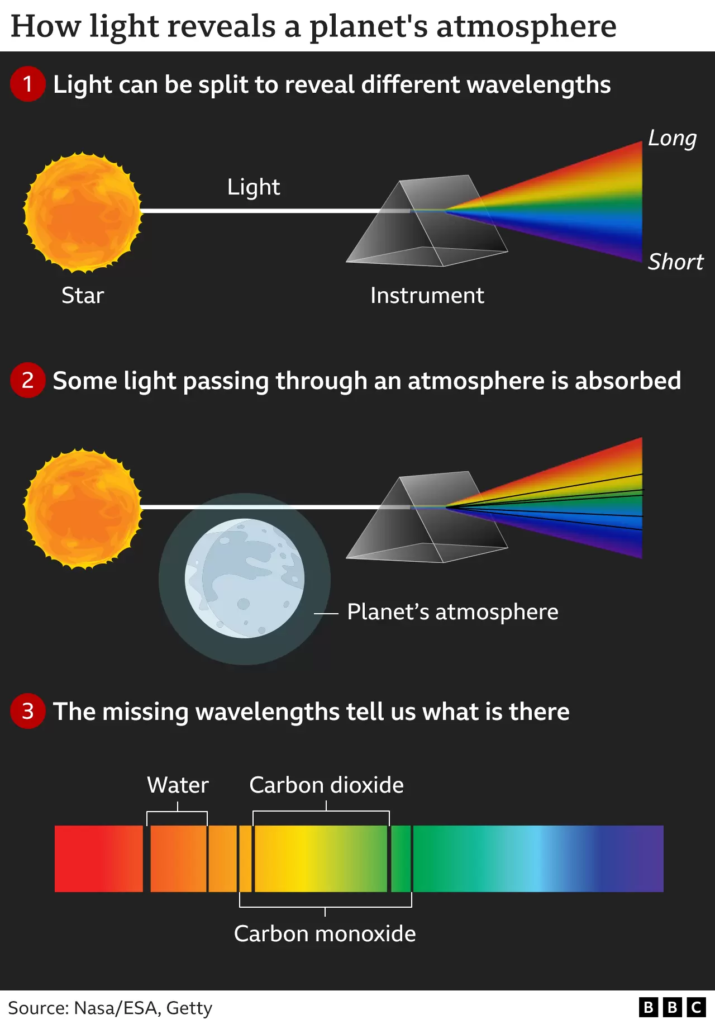Racing for Life: K2-18b
[TL;DR: exciting astrobiology news at bottom]
One of the things that’s so great about the era of science that we’re living through, is the steady pace of amazing discoveries–almost to the point that they’re predictable. Exoplanets, the Higgs boson, the age of the universe, gravitational waves, and many others were foreseen and experienced regular progress until their ultimate discovery.
These areas of science are foundational to SETI, but I think the connection is deeper. Everything we’ve learned about the universe suggests the possibilities for abiogenesis elsewhere in the universe are endless. But simple life doesn’t build transmitters or starships. And, as essentially a brand new technological civilization on the timescale of our star, galaxy, or universe, our ability to predict how and how often other civilizations might evolve could not be more limited. We have no exobiology, exospychology, or exosociology–only physics and chemistry which are universal by definition.
Hopefully that explains why I’ve said for a while now that I view the search for technosignatures as in a race with astrobiology. I picture it like the children’s story of the race between the tortoise and the hare. Astrobiology is the tortoise, making regular progress but always painful to wait for the next instrument or discovery. It’s not actually slow, it’s really amazingly fast that we get to watch a fascinating science unfold in real-time, but it’s hard to wait for things you’re excited about! SETI, of course, is the hare, the rabbit that makes rapid spurts of progress. Who knows when and how a signal might be found and, reliant on unpredictable private funding, technosignature projects–like LaserSETI!–show up irregularly and take as big a bite out of the problem as they can.
And so that’s the background which makes NASA’s announcement of observations of “habitable zone” exoplanet K2-18b an exciting step for the astrobiology tortoise. Using a technique called transit spectroscopy (see Update at bottom of post), which measures starlight passing through the planet’s atmosphere while it’s between us and its host star, they’ve identified a chemical composition that indicates it’s potentially a water world. And, especially tantalizing, there’s also hints of dimethyl sulfide (DMS) which, on Earth, is only produced by biology. It’s “the most abundant biological sulfur compound emitted to the atmosphere” and so makes a credible candidate for the first biosignature gas we might detect.
Stay tuned because it’s too early to say if this DMS is a real or just a trick of the noise in the limited data they’ve been able to collect thus far. After all, we can point the telescope wherever we want, but we can’t make the “K2-18 year” to happen any faster to produce more transits!
Would I be disappointed if astrobiology beat SETI to discovering other life in the universe? Absolutely not! The most interesting scientific discovery of my lifetime will be amazing whoever makes it, and it will only hasten the search for technosignatures and answering the other half of the question, “are we alone?”
Update: Here’s a great illustration of transit spectroscopy:

